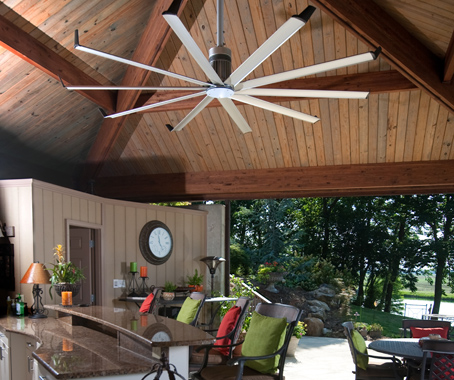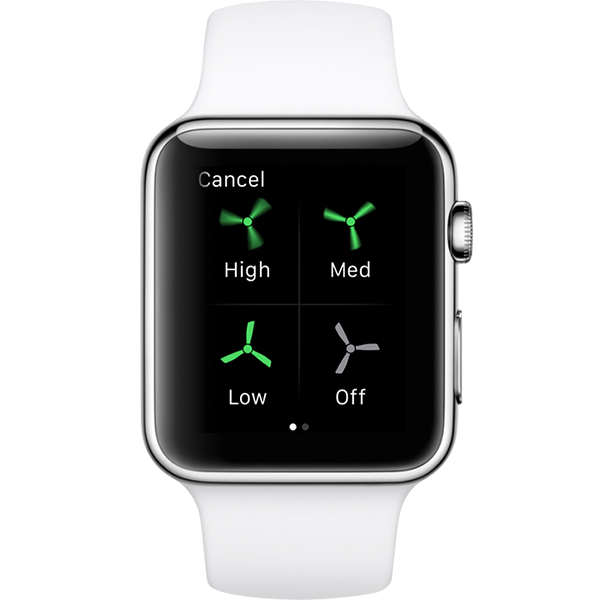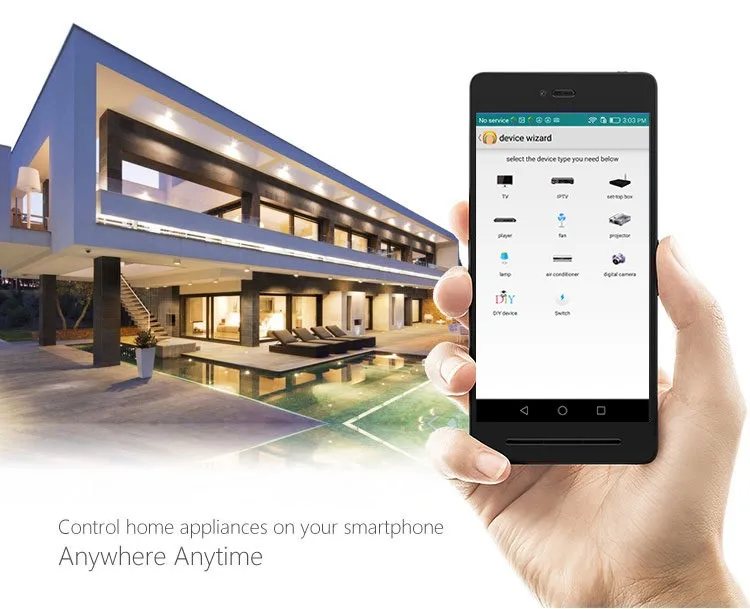How is everyone? I am sure all are preparing for the New Year countdown. I had just came back from Guangzhou, China for a seminar on the green technology. I was fascinated by how far they had advanced and committed to have green environment for their cities. If you had gone there, you would see that they are not using any cash (cashless communities) and most of them use the bicycle as transportation. They also have renewable energy installed for their buildings and the streetlights.
While I was strolling through the park, I went into a recreational cafe for some drinks. When I stepped inside, I was astounded by the way they had make this place such a relaxing view. The best part was the ceiling fan was not turned on when I was about to make my way to the entrance door, but once I'm in, the fan just automatically turned on. Well, I know that these is nothing new but somehow it makes me think: How does an automatic fan work and is it necessary?

What Is An Automatic Fan?
We've spent time fiddling with the thermostats and with good reason: climate control is one of the most popular points of focus in today's connected living space.
But thermostats aren't the only things in the house working to keep the climate in check. We've got ceiling fans, too. And while they obviously don't offer whole-home cooling like our air-conditioning system does, they do offer room-specific cooling at a fraction of the cost. Adding in smarts to help us use them more effectively would seem to make a lot of sense.
Doing so could be as easy as installing smart switches to turn our fans on and off at specific times, or when the temperature rises to a certain level. But how about the all-in-one approach, with sensors and radios built directly into the fan itself? There aren't many options like that, but there are a few -- and they sure don't come cheap.
What Is The Market Available?
There are a lot of competing technologies and industry standards in the smart home space currently, including Zigbee, Z-Wave, and Apple HomeKit. Most only work with one protocol, although some of the newer products use multiple standards.
One of the largest manufacturers of ceiling fans is Tennessee-based Hunter Fan Company. They’re also the first company to offer ceiling fans that work directly with Apple HomeKit. The company’s line of Symphony and Signal ceiling fans contain both Wi-Fi and Apple HomeKit technology. In doing so, the fans are controlled inside a home with an included handheld remote or from anywhere in the world through mobile devices.
Haiku, a division of Kentucky-based manufacturer Big Ass Solutions, also offers smart ceiling fans, using an in-house technology called SenseMe. First introduced in 2014, SenseMe allows you to control or schedule both the fan and its built-in LED light from your mobile devices. Haiku products aren’t compatible with Apple HomeKit. However, they do work with some of the other big names in home automation including the Nest Learning Thermostat, Amazon Alexa, and the ecobee smart thermostat.
If you’re not in the market for a new ceiling fan, but still want to control your existing fans remotely, you’re in luck. You can add smart ceiling fan control to your current set up relatively inexpensively using one of the following solutions.
The Z-Wave Smart Fan Control from GE replaces any standard in-wall switch to control a ceiling fan remotely. It also features a three-speed control system and integrated LED indicator light, which allows you to locate the switch in a dark room.
The Insteon Hub Pro Advanced Central Controller provides another Apple Homekit-compatible solution for ceiling fans, courtesy of the dual-band Insteon Ceiling Fan and Light Controller. The biggest drawback with this solution is that it only works with AC motor-powered ceiling fans. Ceiling fans with DC-motor and built-in remote control motors are not compatible.

Worth The Purchase?
The obvious problem with these smart ceiling fans is that they're all pretty expensive. You need to install the fan and download the app onto your phone and connect with each one of them. The idea is that you'll use the app to program your fan and teach it how best to keep you comfortable. Do a good enough job, and your fan should be able to anticipate your needs, allowing you to leave your phone in your pocket.

So, back to my original question -- are smart ceiling fans worth it? Well, if you are already planning on buying a thousand-dollar ceiling fan to help tie your living room together, then sure, it's worth it to make that fan a smart fan. When looking for a solution, make sure the product can become a part of a larger home automation system for your home. By doing so, you can improve the likelihood that your product won’t become obsolete in the not so distant future, thereby saving you time and money.

No comments:
Post a Comment